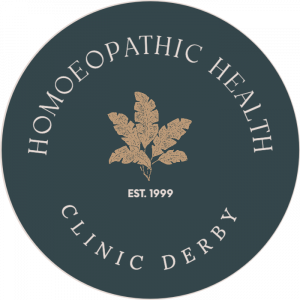Anatomy and Physiology are the terms and areas of study in the life sciences. Anatomy refers to the internal and external structures of the body and their physical relationships. Whereas physiology refers to the study of the functions of those structures. Blood is part of the anatomy, and the function of blood is transporting oxygen and nutrients to the lungs and tissues, forming blood clots to prevent excess blood loss, carrying cells and antibodies to fight infection; whilst bringing waste products to the kidneys and liver to filter and clean the blood. The Bone Marrow is the soft fatty tissue inside bone cavities and is the source of all the red blood cells and platelets, and most of the white blood cells.
In adults, blood cells are formed mainly within the bone marrow of flat bones, such as the shoulder blades, ribs, breastbone, and pelvis. All the blood cells are derived from a single type of cell, called a stem cell. On average, we have around 5 litres (9 pints) of blood, which consists of cells, red blood cells which transport oxygen in the body and fluid (plasma). White cells destroy bacterial organism and any cells infected by viruses, and cancer cells. Platelets are the smallest blood cells. After an injury to a blood vessel, they rapidly clump together to seal the damaged lining. Plasma is mostly water but contains other important substances.
Red blood cells include proteins called antigens on their surface, which categorises the blood into various groups. Antibodies in the blood are then produced against any antigens & foreign substances. Your blood group is determined by the genes inherited from your parents. Each group can be either RhD positive or RhD negative, which means in total there are 8 Blood groups! The Rhesus (Rh) system is an important method of categorising the four blood groups. The system of blood grouping is important when assessing the compatibility of blood required in blood transfusions. If a recipient’s blood contains antibodies to antigens in the donor blood, a reaction occurs.
Blood group A This group has A antigens on the surface of the red blood cells and anti B antibodies in the blood. Blood group AB The rarest blood group and has both antigens on the red cells and neither antibody in the blood. Blood group B This group includes red blood cells with B antigens, and anti A antibodies in their blood. Blood group O The most common group which has no red cell antigens, no anti A and anti B antibodies in the blood.
The four components of blood:
- Red Blood Cells – carry oxygen to the body. Each Red blood cells life span is approximately 120 days.
- White Blood Cells – are part of the body’s immune system and help fight infections and diseases
- Platelets – cells that help with clotting
- Plasma – is the liquid portion of the blood
Six important facts about blood
- Blood is a fluid connective tissue
- Blood provides the body’s cells with oxygen and remove carbon dioxide
- Blood transports nutrients and hormones
- Blood regulates body temperature
- Platelets clot blood at sites of injury
- Blood brings waste products to the kidneys and liver.
